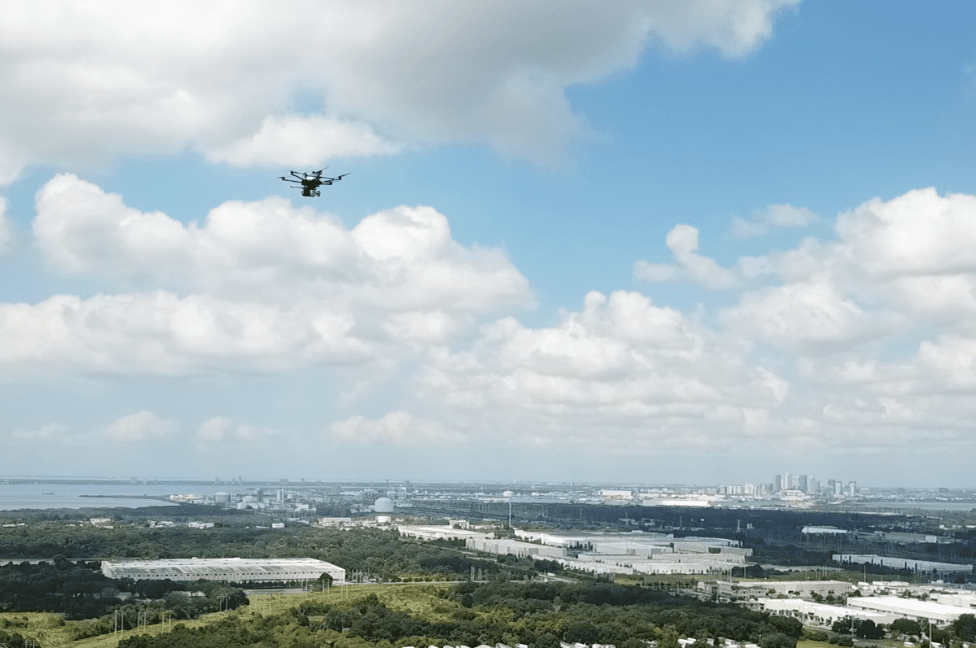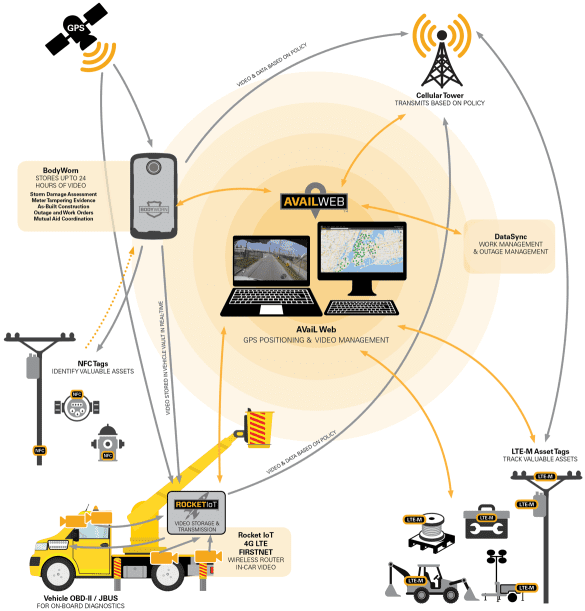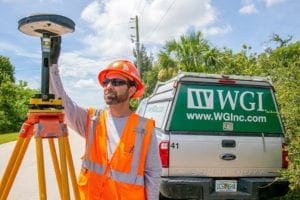
WGI Inc. Wins Prestigious Awards for Geospatial Engineering on the Brightline High-Speed Rail Project
WGI Inc. Wins Prestigious Awards for Geospatial Engineering on the Brightline High-Speed Rail Project.
Learn from award-winning professionals — explore our whitepapers, blogs, and the latest industry updates.
Join our dynamic organization of engineers, land surveyors, landscape architects, environmental scientists, and architects!
Talk to a market leader today! We’ll answer any questions you have about our professional services.

In 2019 we made investments in our people, setting them up for continued innovative success in 2020 and beyond. We added new associates Sandor Laszlo and John Klier, both with talents and interests in leading innovation development activities. The operational involvement of Jason Alvarez, Christian Stewart, Radek Grabowski, Dean Cole, Amy Hunter, Emily Zeilberger, and several others has also attributed to our success in leading development activities. We are harvesting their many ideas for use in our recipes for success.
We are also partnering with Florida Atlantic University (FAU) to push the future of the geospatial profession. In addition to collaborating on research and development initiatives, WGI is helping to identify and develop the next generation of talent.
We have acquired two additional UAS, both with heavy lift capabilities, for use with a high pulse rate and accurate lidar sensor. We will ferry the lidar system on and between these aircraft. We also will ferry the same lidar system on backpack and vehicle-mobile lidar mounted configurations.
The innovations we develop will be found in the cost-effective versatility and application of systems at project sites for optimal performance. Many efficiency constraints are currently encountered when using disparate sensors and ferrying platforms.
It will be easier to integrate enhanced workflows and post-processing of data known as “lidar fusion.” Having a singular mobilization on a project site for data collection will drastically increase efficiency. One of the systems is gas-powered for long flight durations (approximately 1.5 hr. in flight), which minimizes multiple launch missions for large area lidar data collections and imagery.

WGI has recently signed an agreement to acquire ten vehicle systems and twenty integrated human-body cameras that will help increase the safety of our survey crews.
At the core of the systems is the ability to leverage positional data with the use of text messages and voice communications transmitted via the cellular network. We can also send limited video and collect, store, and transfer large amounts of video with the WiF the Rocket IoT hub. The hub comes with four configurable Power over Ethernet (PoE) ports and four Digital I/Os to configure cameras and eventually other remote sensors. Collected positional and temporal data is contained within an associated DataSyncTM database. Currently, the database is updated every fifteen seconds with all data associated with sensor positions and velocities. The actual sensor data (e.g., video) is stored on the Rock IoT’s internal storage and downloaded to the cloud on-demand or via dedicated wireless receivers at WGI facilities.
Using the Avail Web Portal for real-time situational viewing and awareness, we set parameters for emergency, safety, person-down or similar alerts, enable geofencing, and can automatically enable video recording.
Recordings are used with applications using artificial intelligence (AI) for asset identification and task confirmation. Using smartphone data collection and AI, the vehicle-mounted and human carried systems can be used for geolocated inspection using video, picture, voice, and collecting asset characteristics data.
Our application of these sophisticated systems, originally developed for police and emergency responders, will move us into a robust WGI asset management application that goes beyond the purely GIS-based data collectors used in the current geospatial industry.

In addition to the new hardware investments, we are also working on software-specific developments:
As you can see, 2020 will be an exciting year for the Geospatial Team at WGI and we want you to be a part of it! Contact us today if you are ready to get started on your next project or join our team!

Bob is a vice president leading WGI’s Geospatial Division. The Geospatial Division delivers clients professional technical services and products using a very diverse set of advanced technologies. The division is comprised of specialists performing field collection and processing of survey or other remotely sensed data for infrastructure, landforms, and land ownership; subsurface utility engineering; and the advanced sensors and platforms of Unmanned Aircraft Systems (UAS), Autonomous Hydrographic Vessels, and Light Detection and Ranging (LiDAR) for spatial data analytics. Possessing a background in national intelligence analysis and products, leadership roles for the delivery of very large federal geospatial programs for the missions of DoD, USACE, Census, FEMA, FCC, NTIA, NOAA, PHSMA, state and municipal departments and agencies, and major telecommunications and broadband providers, For nearly four decades, Bob has led significant engineering and infrastructure-related geospatial programs. He has significant international experience working in Egypt, Panama, and Russia on USAID-, USACE-, and DoE-sponsored programs.

WGI Inc. Wins Prestigious Awards for Geospatial Engineering on the Brightline High-Speed Rail Project.

WGI places top five for the fourth consecutive year on the South Florida Business Journal Top 25 Engineering Firms List.

WGI is providing professional surveying and utility engineering services for the Virgin Trains railway from West Palm Beach to the Cocoa area in Brevard County, FL.

Melissa’s addition to the team solidifies WGI’s leadership in helping communities harness the benefits of much-needed infrastructure projects throughout the nation.

In this episode of WGI Unleashed, we chat with Jose Mendoza, Geospatial Field Supervisor located in our West Palm Beach, Florida office.

Nick will support WGI in the development and implementation of technology-enabled strategies for innovation, sustainability, growth, and leverage opportunities for digital transformation.
You’ve been searching for a place like WGI. We look forward to meeting you soon.
Sign up to receive emails to hear our latest news and achievements in our monthly newsletter.
Enter your zip code, and we’ll personalize your experience with local projects, office locations, team members, and more.
WGI supports its associates with meaningful opportunities for growth, strong benefits and perks, while we work collaboratively with clients and co-consultants to shape and improve communities.






WGI is a dynamic organization with opportunities nationwide for engineers, land surveyors, landscape architects, environmental scientists, and architects.